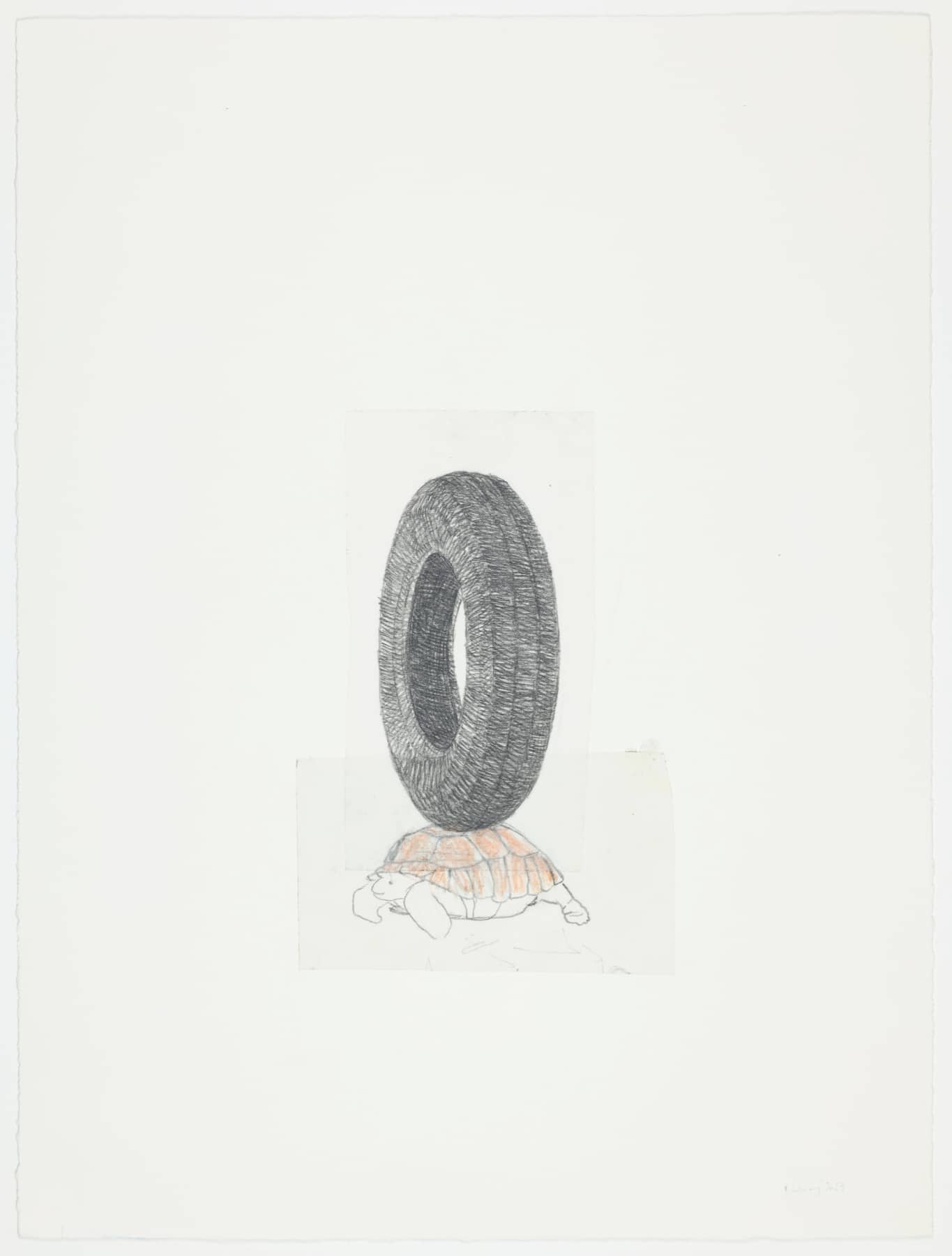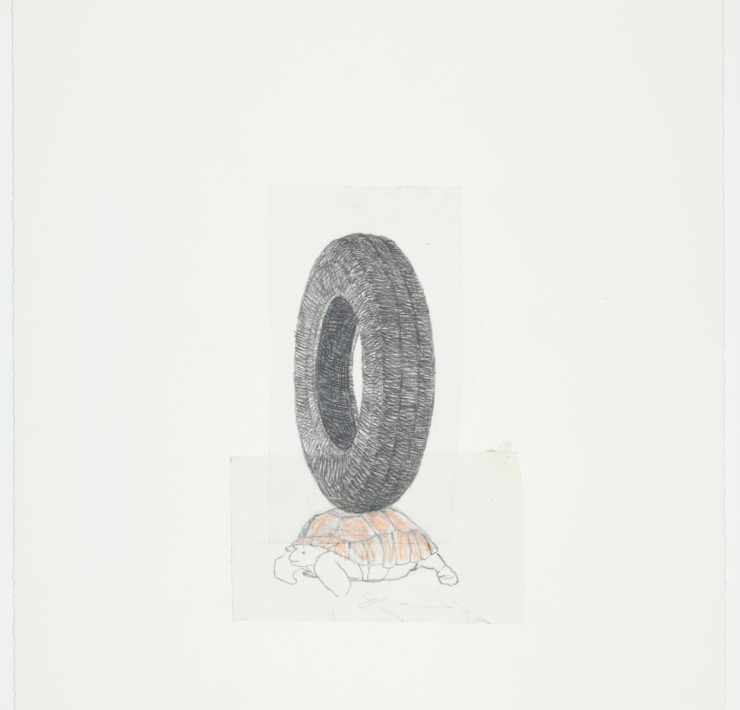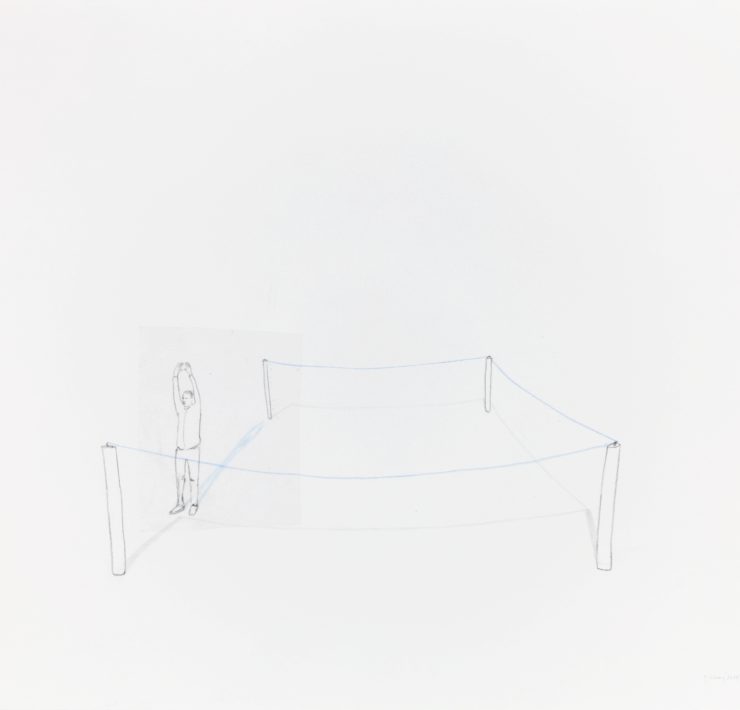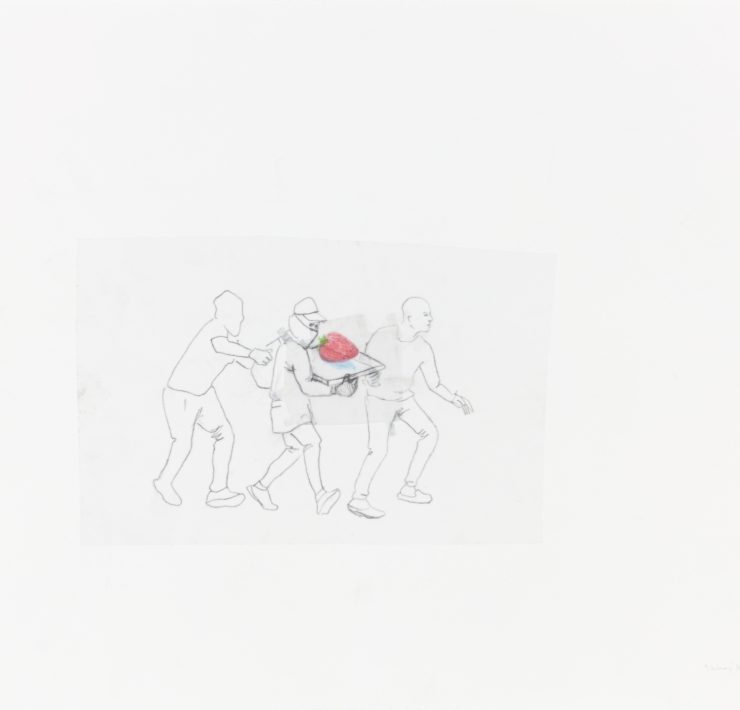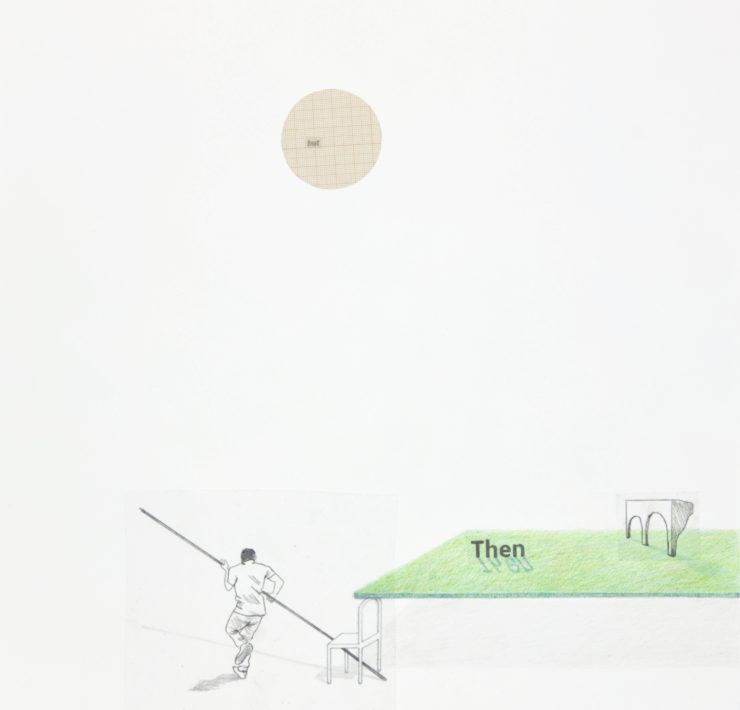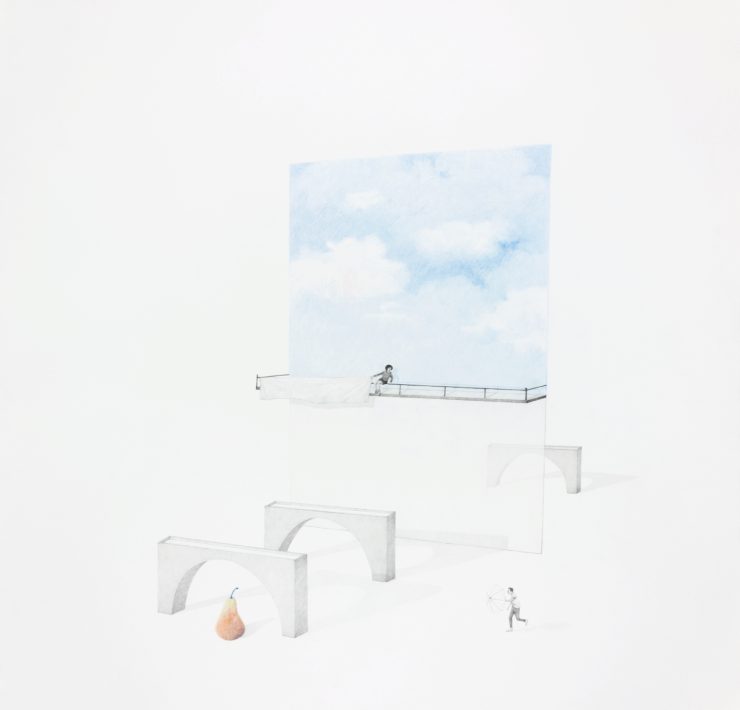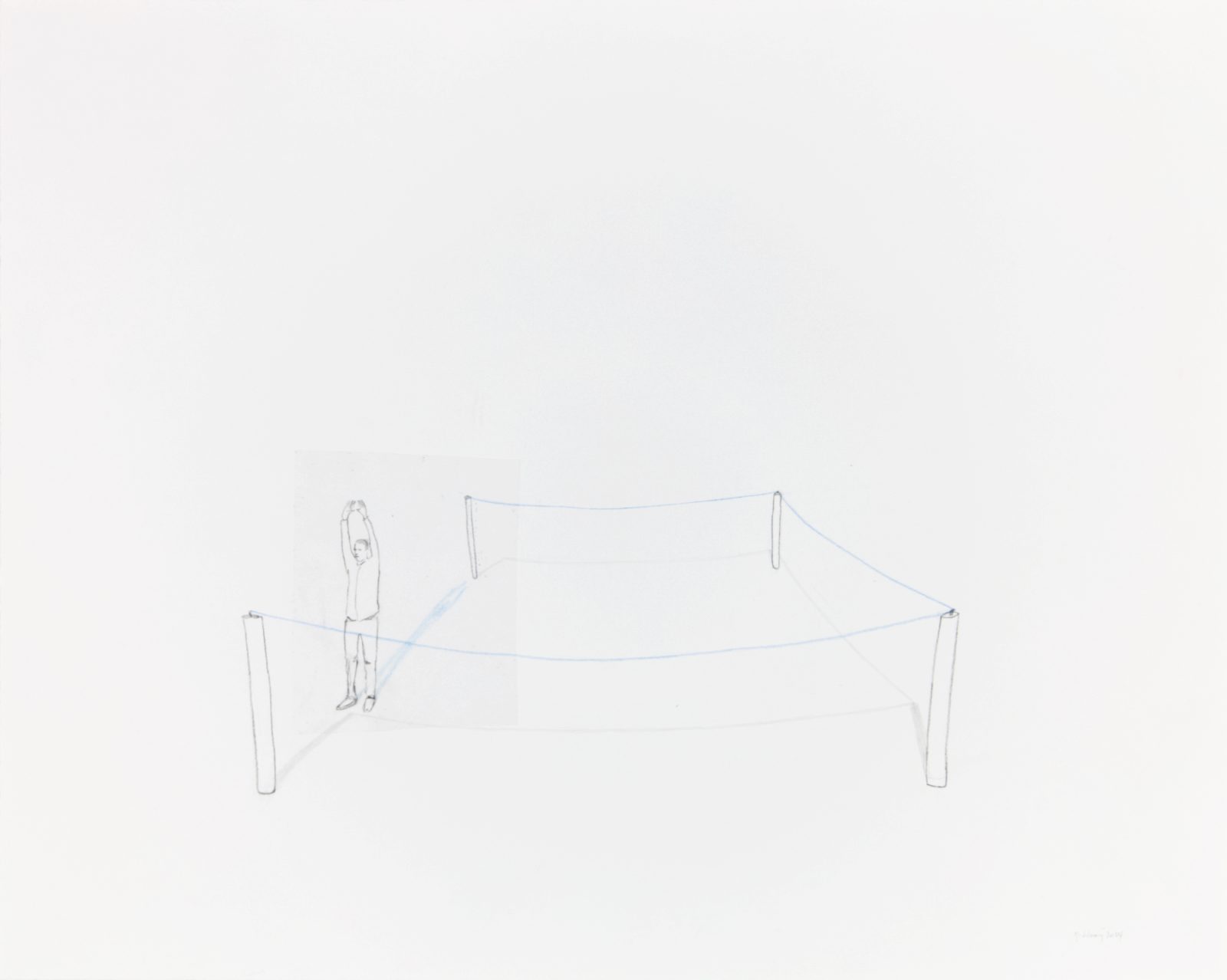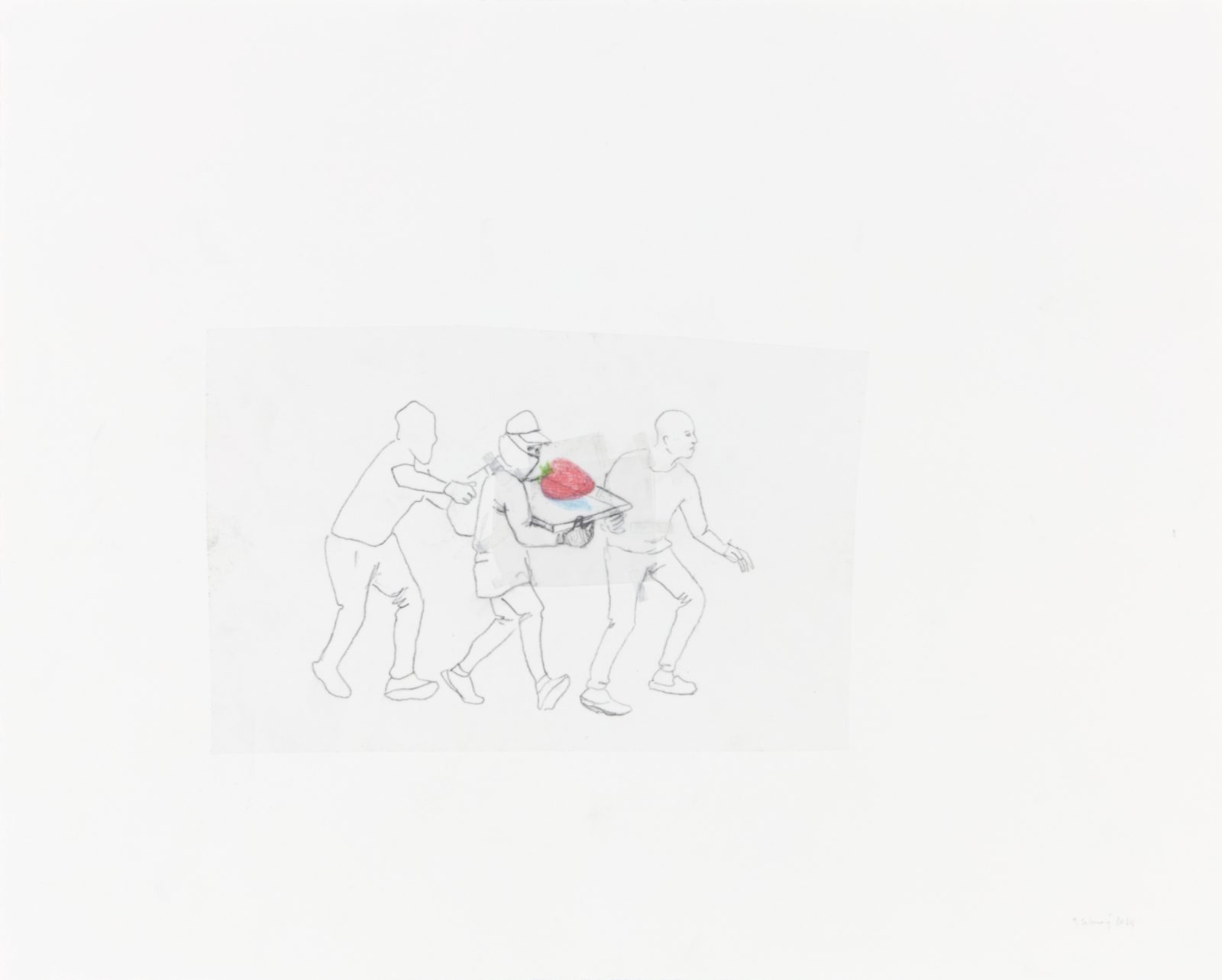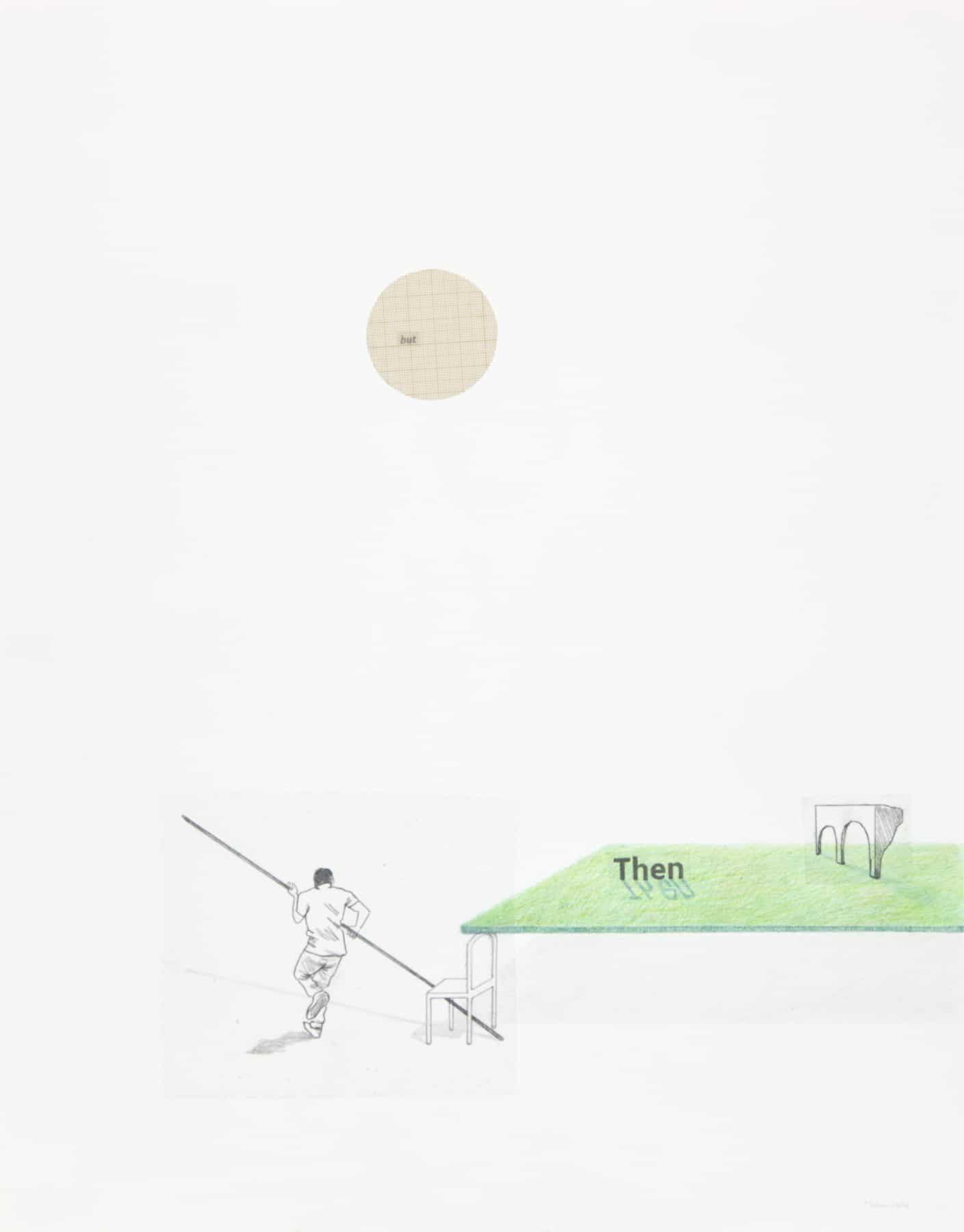Massinissa Selmani: a fault in the mirage
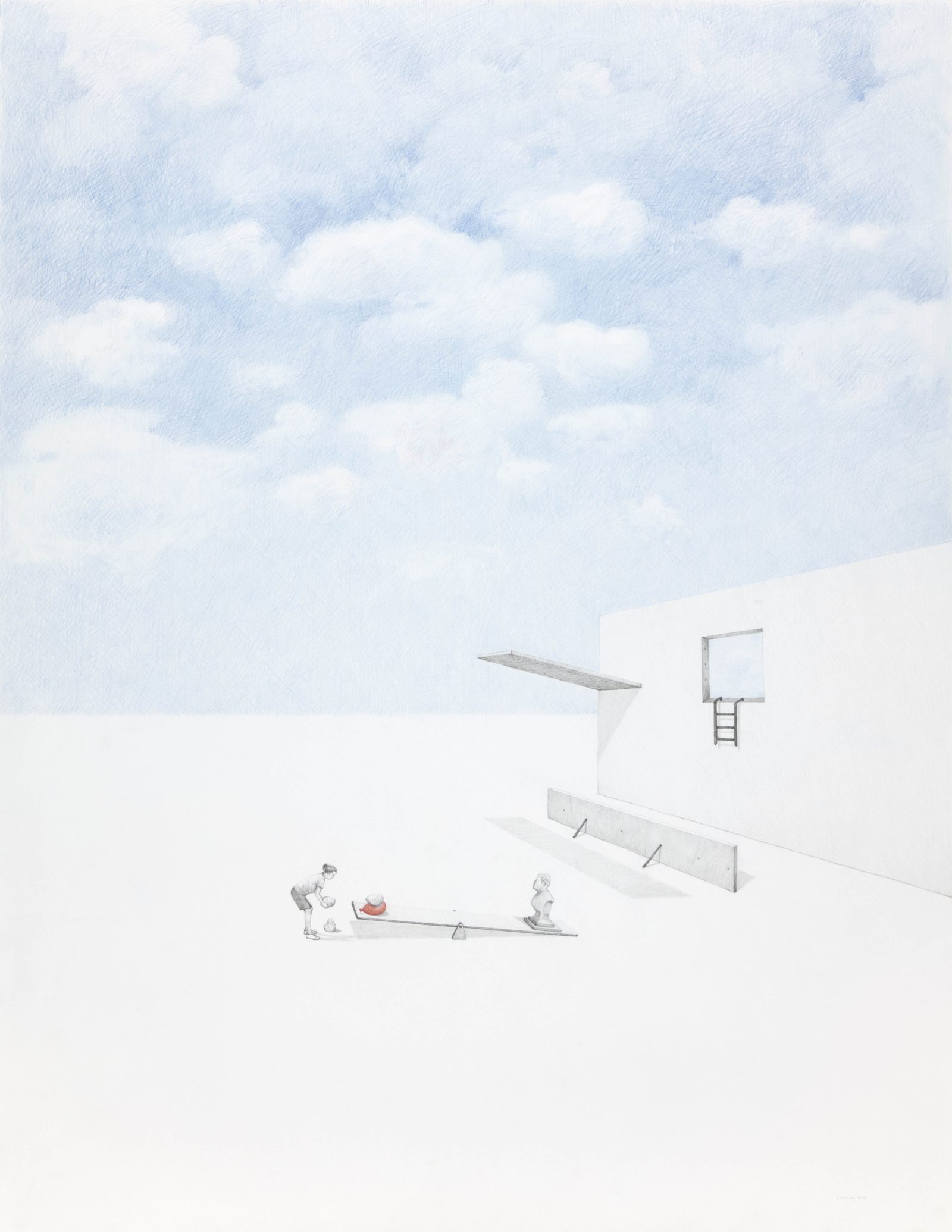
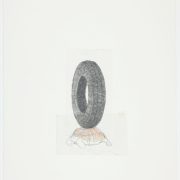
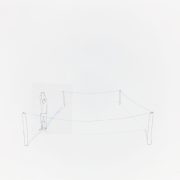

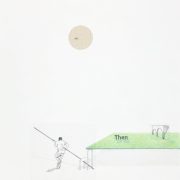 +1
+1 “Drawing is a way of reasoning on paper.”
– Saul Steinberg
Jane Lombard Gallery is pleased to present a fault in the mirage, a solo exhibition by gallery artist Massinissa Selmani. Through drawing, collage, animation, and sculpture, the presented works combine decontextualized documentary photography with drawn motifs that ambiguously allude to narratives of power and authority. This will be Selmani’s first solo exhibition with the gallery and in the United States. The exhibition will open on March 8th with a reception from 6 – 8 PM and run through April 27th.
Referencing Susan Sontag’s 2004 essay Regarding the Pain of Others, Selmani notes that drawings, rather than providing yet another example of linear history, are meant to evoke rather than show. A fault in the mirage highlights elements of humor, tragedy, and the absurd, evoking individualized narratives to be filled by reminiscences of the imagination. Recurring symbols such as walls, barriers, monuments, flags, and targets are preserved across media as non-specific contextual cues that serve to both provoke emotion and confound reason. Principally delineated by graphite, Selmani’s grayscale figures and motifs are contrasted by bursts of colored pencil at key points in the composition. The artist sources many of his drawn figures from disparate newspaper photographs, situating them within settings of impossible architecture to create novel, imaginative contexts that mirror the abstractive capacity of his memory. In Uncertain Rules, the artist builds an oneiric scene of absurd humor, featuring a girl stacking large stones on top of an inflated red balloon that is placed on the raised end of a see-saw. The other end of the plank is weighed down by a monument-like bust, set before a strange configuration of wall, window, and ladder that fails to prevent or facilitate any intrusion. Indications of setting or the passage of time are suggested simply by traces of the absent – shadows, light, and perspective – set against a meticulously rendered skyscape of billowing clouds. Selmani’s mise-en-scènes are snapshots in space and time, suspended situations that call upon the visual and perceptual memory of the viewer to render them strangely familiar yet firmly unplaceable.
Selmani’s sculptural and installation works activate the gallery space to render his fabricated world in the third dimension, giving visitors an epistemological encounter with the absurd. Vague excerpts like “but then” or “into” carry the pretense of clarification while further entrenching the scene in confusion. The presented animations feature clips of nonsensical, comical actions, but the loop that remains in time turns it toward tragedy. The animation La place et le lieu depicts a bird attached via a string to the lower half of a monument; tasked with eternally beating its wings, the bird is frozen in place as the force of its futile flapping holds the statue marginally suspended. Charged with non-specific political and nationalist critique, Selmani notes that his work aims “to show the unfathomable, to build a network of associations between ideas and forms, and to think of art for what it does to us rather than what it tells us.”



